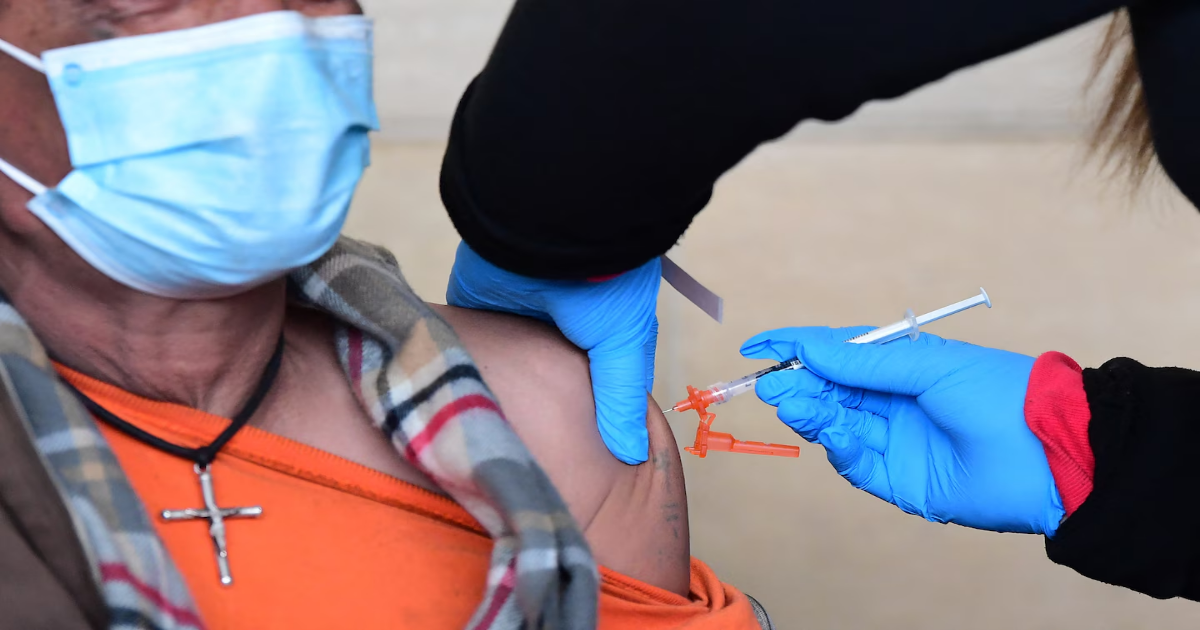You’re reading The Checkup With Dr. Wen, a newsletter on how to navigate medical and public health challenges. Click here to get the full newsletter in your inbox, including answers to reader questions and a summary of new scientific research.
When I heard that the Food and Drug Administration was announcing a new framework for coronavirus vaccine approval, I expected the worst. After all, the FDA answers to Robert F. Kennedy Jr., who has called the coronavirus shots the “deadliest vaccine ever made.” Kennedy recently said he wants placebo testing for all new vaccines, stoking fear that this requirement would apply to updated covid shots and hinder their availability this fall.
The framework, unveiled on Tuesday in a New England Journal of Medicine article co-authored by FDA commissioner Marty Makary and center director Vinay Prasad, is decidedly better than my worst fears. It preserves vaccine access for people most vulnerable to covid-19. However, it takes away the freedom of other groups to choose to protect themselves and raises questions about how available these shots will be going forward.
The most important part of the FDA’s announcement is that the agency is expected to continue approving boosters for people 65 and older based on immune response data. This is terrific news; it means manufacturers won’t have to conduct time- and resource-intensive randomized controlled trials when new variants arise. This alleviates my concern that there will be long delays that will leave the most vulnerable Americans unprotected.
Older adults should also be able to continue getting covid boosters. This is a group that clearly benefits from added protection. The Centers for Disease Control and Prevention reports that adults 65 and older now account for 68 percent of all covid-associated hospitalizations and, between September 2023 and August 2024, nearly 90 percent of all deaths.
The framework also allows the vaccine to be available to everyone 6 months and older with at least one medical condition that elevates their risk of severe disease. The CDC includes such a broad list of conditions — including obesity, physical inactivity, pregnancy, smoking history and depression — that most Americans would probably quality for the booster.
Narrowing the covid booster recommendation was something the CDC was already considering. As I wrote previously, a targeted approach to coronavirus shots is grounded in evidence and can help to focus resources on high-risk populations. As Makary and Prasad pointed out, such a change would also align the United States with peer countries, most of which have already adopted similar restrictions.
There is, however, a big difference between the CDC targeting booster recommendations and the FDA limiting the vaccine’s availability. I worry that people who fall outside of the high-risk groups who want additional protection will no longer be able to access it.
Two specific groups come to mind. First, while it is true that healthy children are at very low risk for severe illness due to covid, very young children are at elevated risk. The CDC estimates that among children younger than 5, the rate of covid-associated hospitalizations is comparable to that of the flu. Moreover, about 40 percent of children admitted to the intensive care unit with covid have no underlying medical conditions. The uptake of coronavirus vaccines in children is admittedly very low; less than 10 percent of kids under 12 have received the 2024-2025 version. But some parents will want to give their kids added protection; now, they won’t be able to do so.
Second, some people seek the covid shot not so much to protect themselves but to reduce risk to others. For years, I have been warning that this is not the best rationale because the primary benefit of the shot is reducing severe illness; protection against infection and therefore transmission is limited and wanes quickly. But I have also heard from readers with specific circumstances for which even a small, temporary reduction in risk is worthwhile — for instance, someone whose spouse just received an organ transplant. An administration that endorses “medical freedom” and eschews “one-size-fits-all” approaches should be giving more choices, not removing them.
Makary and Prasad attempted to address these concerns by arguing that manufacturers can run trials for specific groups such as young children and relatives of immunocompromised people. They also leave the door open for broader vaccine approval. The catch, though, is that manufacturers must conduct new placebo-controlled trials that show improved outcomes for at least six months. Studies of this length with a big enough sample size will almost certainly be prohibitively expensive. I doubt manufacturers will find it feasible to pursue them.
FDA advisers are set to meet this week to discuss which strain of the coronavirus the fall vaccine should target. The CDC also has an upcoming meeting to hash out its recommendations. I hope these federal agencies reaffirm the critical importance of protecting the most vulnerable, while also preserving the choice of protection to those who seek it.
